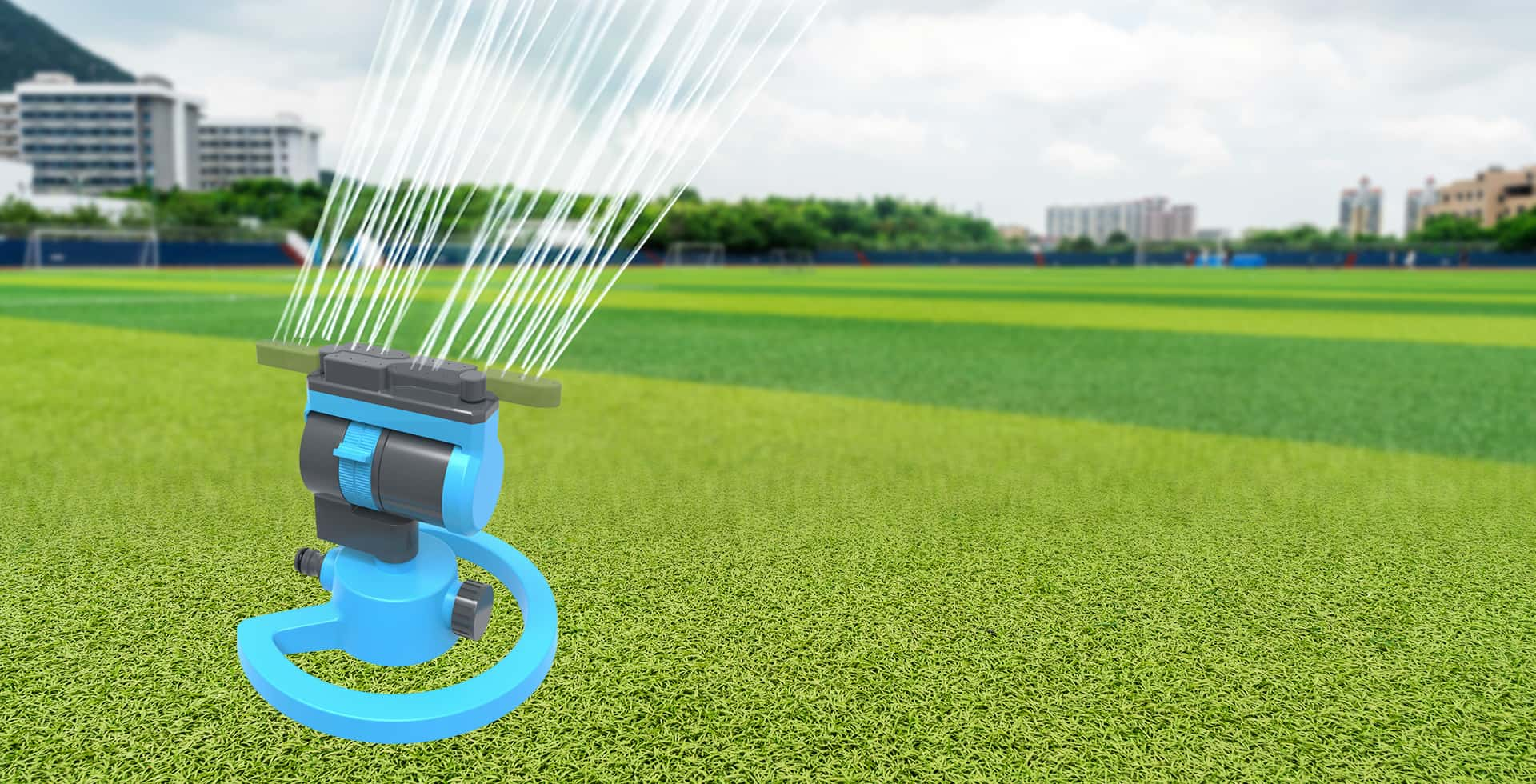- All Reserved. © 2019
- Cixi Tianshuo Industry and Trade Co., Ltd.
- Web support by : HWAQ
Points for Attention in Economic Analysis of Urban Gree […]
Points for Attention in Economic Analysis of Urban Greening Water-saving Irrigation System
1. Irrigation method
At present, the commonly used water-saving irrigation methods include sprinkler irrigation, low-flow irrigation, micro-irrigation and artificial pipe irrigation. In the design of urban green space, due to the large changes in the shape of the green space, the geometric size of the plot, the layout of plants, etc., and the variety of varieties, a single irrigation method cannot well meet the actual needs. From a technical point of view, using different irrigation methods for different plants, different plots, and topography is a way to reflect the level of irrigation technology. From an economic point of view, practical, reasonable and low cost is the most effective solution. There is a priority principle in the use of irrigation systems.

Generally speaking, for plant areas with large planting areas, large water consumption, the most annual irrigation frequency, or irrigation labor intensity, and important plant areas, the most scientific and efficient irrigation methods should be given priority to these areas. For example, the lawn in the green space, the anti-glare isolation green belt in the sub-lane of the highway, and the large area of red leaf viewing in mountain parks should use sprinkler irrigation and drip irrigation respectively. For other plant varieties or areas, consider using cheaper irrigation methods based on the number of irrigation times, labor costs, water costs, and engineering costs. For example, for trees, shrubs, and temporary flower beds in the green space, the overall cost of artificial irrigation is lower than that of water-saving irrigation due to the small number of annual irrigation times or the small area.
However, from a long-term development perspective, the increase in labor costs shows a slow upward trend. Corresponding interfaces can be reserved in the irrigation system design, so that corresponding irrigation methods can be added in the future to eliminate its impact. The choice of irrigation method should be comprehensively considered from water costs, engineering costs, labor costs, work efficiency, operability and other factors. The "foreign" place must be "foreign", and as much "earth" as possible. This is the most suitable for the current national conditions.
2. Coverage area of irrigation system
In larger urban green spaces (such as parks), due to funding constraints, the method of fragmented and step-by-step construction is often adopted. Since the irrigation system is an underground facility, it will cost a lot to modify it after it is completed. Therefore, the design and construction should be based on the overall green coverage method. The water supply capacity of the irrigation system, the layout of the pipe network, and the diameter of the pipe shall be configured strictly according to the water demand measurement of the overall green area. This can reduce a lot of repeated construction costs in the future.